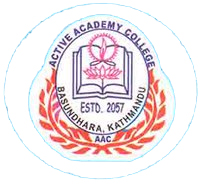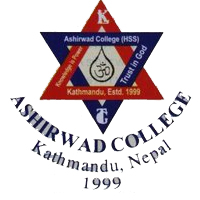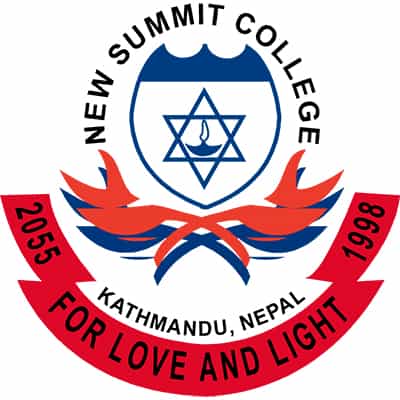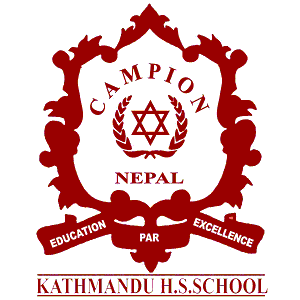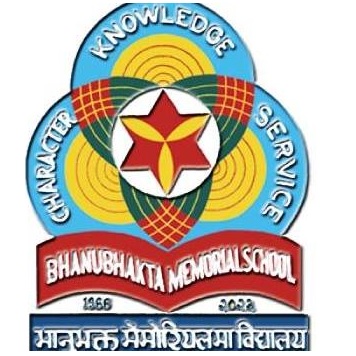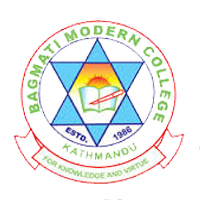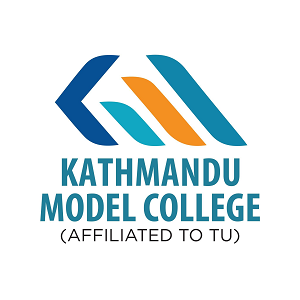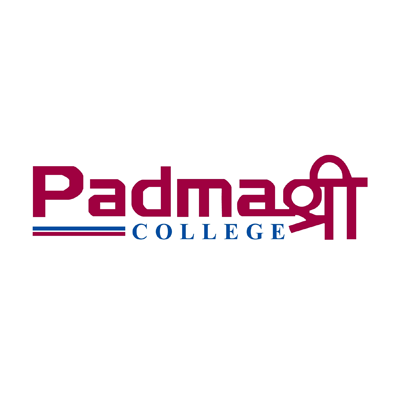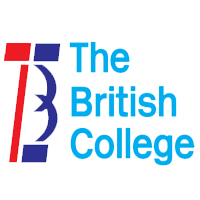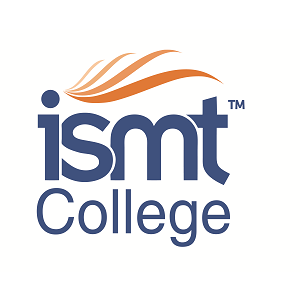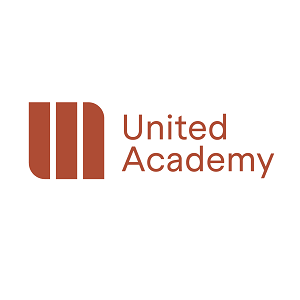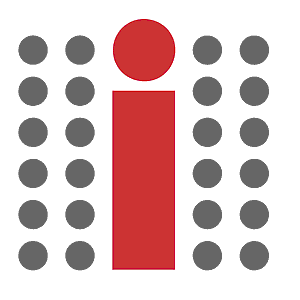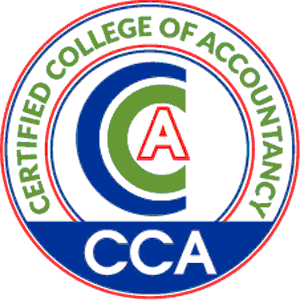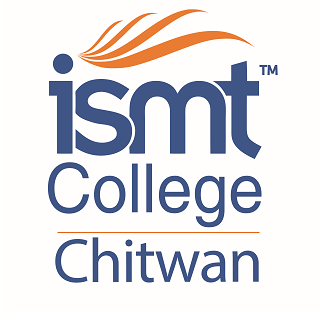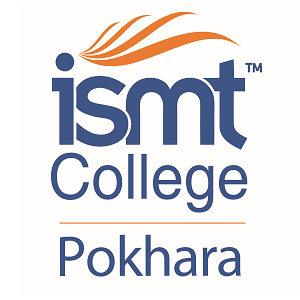Overview
Fluorescent Secondary School (FSS), located in Baniyatar, Tokha Municipality-8, Kathmandu, is an English-medium school offering education from Play Group to Grade 12 with +2 Science and +2 Management under the National Examinations Board (NEB).
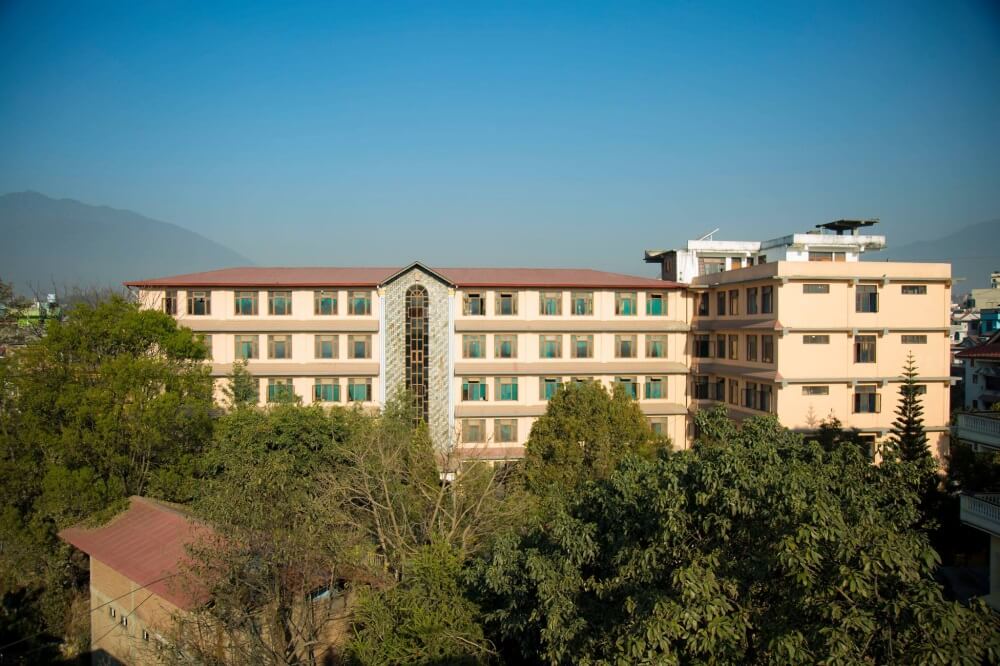
Introduction
Established in 2052 BS (1995 AD), FSS operates on its own land and serves the northern Kathmandu community through a child-safe, technology-supported environment. The school runs two reinforced concrete buildings with 100 classrooms and follows an English-medium learning pathway from early years to higher secondary.
Founding members include Late Ramnath Dhakal, Late Madhav Prasad Marhatta, Narayan Prasad Dhakal, Meghraj Gautam, Tirtharaj Ghimire, and Kamal Prasad Nyaupane. The current principal, Kamal Prasad Nyaupane, underscores a long-standing value: quality education with manageable class size and an affordable fee policy. The school highlights merit and need-based scholarships and maintains an intake that fits available facilities and staffing.
Quick Highlights
-
Location: Baniyatar, Tokha-8, Kathmandu
-
Establishment: 2052 BS (1995 AD)
-
Ownership and Space: School’s own land with two buildings and 100 classrooms
-
Grades: Play Group to Grade 12 (+2 Science and +2 Management, NEB)
-
Current Scale: More than 1,700 learners across levels (PG to Grade 12)
-
Class Size: Approximately 20 students per section to support close guidance
-
Teaching Team: Experienced faculty, with many educators having backgrounds in Shanker Dev, GoldenGate, and Lincoln College
-
Learning Setup: Smart TVs in classrooms, whiteboards, subject-wise science labs, three computer labs, Montessori lab, two libraries, first-aid room
-
Co-curricular and ECA: Science exhibitions, fairs, cultural events; eight ECA/CCA clusters including dance, music, handicrafts, and sports
-
Track Record: Consistent SEE and Grade 12 outcomes; scholarships to graduates in Medicine, Engineering, Nursing, IT, Management, Agriculture, and other fields
-
Awards: Multiple recognitions at municipal, district, provincial, and national levels, including national-level honors for senior secondary results
Academic Programs Offered
Early Childhood and Basic Education (PG to Grade 8)
The early years adopt activity-based routines in a dedicated Montessori lab for play-based learning, literacy readiness, and social development. Primary and lower-secondary grades build numeracy, language, science, social studies, ICT, arts, and physical education with age-appropriate materials. Library corners in Grades 1–4 and visual aids in classrooms encourage reading and independent practice.
Secondary Level (Grades 9–10)
Secondary classes follow the national curriculum with guided practice across core subjects. The science laboratory complex (Physics, Chemistry, Biology) and computer labs support hands-on tasks and projects. Regular class tests, assignments, and review sessions help learners track progress and prepare for SEE. The school also runs language support, writing practice, and public speaking activities.
Ten Plus Two (+2) Programs, NEB
+2 Science
The Science stream covers Physics, Chemistry, Biology, and Mathematics with practical work, lab records, and project activities. This pathway suits students aiming for Medicine, Engineering, Pharmacy, Agriculture, Forestry, Data/Computer studies, and related fields. The school provides entrance-prep guidance, question-practice sessions, and mentoring from teachers with deep subject experience. Alumni outcomes include national-level MBBS and Engineering scholarships.
+2 Management
The Management stream offers Accounting, Economics, Business Studies, and Mathematics/Computer Science. Learners engage in case tasks, presentations, and team projects that connect classroom theory with real-world contexts. The stream aims to prepare students for BBA, BBM, CA, and other management pathways. Career talks, peer learning, and writing workshops strengthen academic and professional readiness.
Admission Process
Intake and Eligibility
-
Early Years and Basic Level: Interaction or placement assessment as needed for age and grade readiness.
-
Secondary (Grades 9–10): Internal evaluation, previous records, and parent-student interaction.
-
+2 Science and +2 Management: NEB eligibility at Grade 10 and school-run evaluation (subject-specific focus for Science). Seats are limited and offered strictly on availability.
Application Steps
-
Collect the application form and program brief from the school office.
-
Submit recent photographs, copy of birth registration, previous mark sheets, transfer/character certificates (as applicable), and any relevant certificates.
-
Attend the scheduled interaction/assessment.
-
Check the merit list or placement notice; complete fee formalities within the given time frame.
-
Apply for scholarships at the time of admission if eligible.
The school maintains capacity-based intake. In recent sessions, demand has exceeded available seats, especially in Grades 1–8 and +2 entry.
Teaching Faculty and Learning Methodology
FSS runs with a stable team of trained teachers known for subject depth, classroom clarity, and steady assessment cycles. Many faculty members have academic and teaching linkages with reputable colleges such as Shanker Dev, GoldenGate, and Lincoln, which supports advanced content delivery in higher grades. Classroom practice blends direct instruction, guided practice, problem-solving, and regular formative checks.
Key elements include:
-
Smart room access and smart displays for demonstrations and model solutions
-
Subject-wise lab work with safety standards and lab records
-
Small-group clinics for revision and targeted doubt-clearing
-
Writing workshops for laboratory reports, essays, and analytical responses
-
Regular parent updates based on attendance, assignments, and tests
-
Career counseling and entrance-prep guidance for senior grades
-
Robotics and automation sessions (Grades 5–7) to build early technical interest
Infrastructure and Learning Facilities
The campus includes two reinforced buildings with 100 bright, ventilated classrooms. Smart TVs, whiteboards, and visual learning posters support day-to-day teaching. Seating is planned with ergonomics in mind, and the school promotes a child-friendly and disability-friendly environment.
Facilities at a glance:
-
Laboratories: Separate Physics, Chemistry, Biology labs with instruments and safety rules
-
Computer Labs: Three labs to support ICT across grades and senior practicals
-
Libraries: Two central libraries (Grades 5–10 and Grades 11–12) with reference and reading zones; classroom library corners in early grades
-
Montessori Lab: Play-based, sensorimotor, and language activities for early childhood
-
Health and Safety: First-aid room with nursing support; routine hygiene and safety checks
-
Grounds: Football ground, play areas, and gardens for juniors; space for sports and outdoor events
-
Learning Aids: Smart room, display boards for announcements, and dedicated rooms for clubs and ECA practice
The school has phased out blackboards in favor of whiteboards and digital displays. Visuals, models, and lab work are integrated with lesson plans, which helps connect theory with practical tasks.
Student Life and School Experience
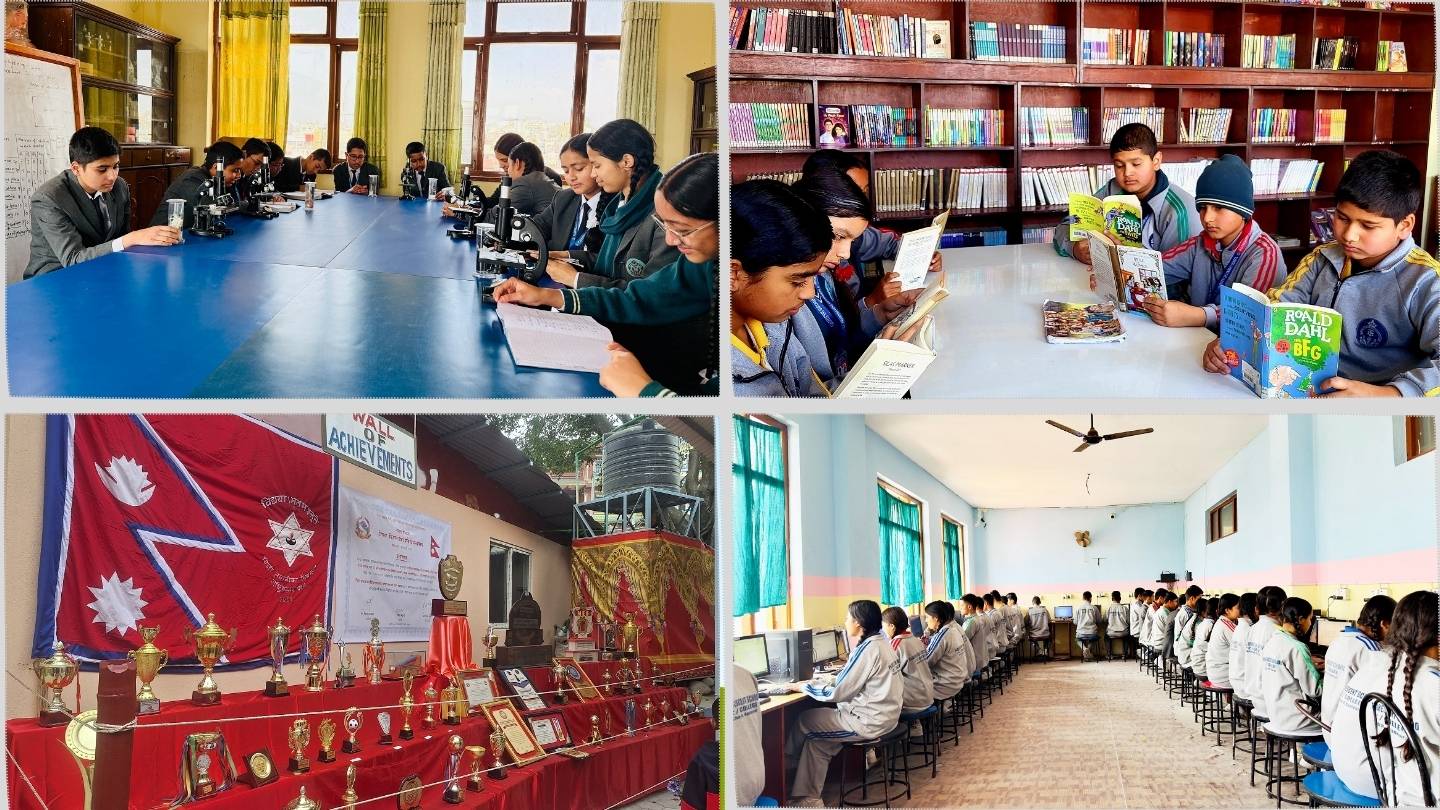
FSS encourages attentive classroom behavior, punctuality, and teamwork. Learners engage in language circles, STEM clubs, and reading practice. Educational excursions run each year to expand field knowledge and observation skills. Service learning is part of the culture: students assist during local events and contribute to community tasks with guidance from teachers.
Parent engagement includes orientation, performance sharing, counseling on subject choices, and open communication channels for academic and well-being support.
Extracurricular Activities (ECA)
The school runs multiple events throughout the year to promote creativity, expression, and healthy competition. Eight ECA/CCA clusters are active:
-
Dance
-
Music and Instruments (drums, madal, keyboard, guitar)
-
Handicrafts
-
Sports
-
Literary activities (poetry, essay, speech, spelling)
-
Science exhibitions and fairs
-
Cultural programs and art displays
-
Tech interest groups (robotics and basic automation for middle grades)
Instructors supervise practice sessions, selection rounds, and participation in inter-school meets. Students have gained top positions in regional and national events, adding to the school’s activity log and learner portfolios.
Scholarships and Financial Support
The school offers scholarships based on merit and need, with categories announced during admission. Support may consider prior results, internal assessments, socio-economic background, and outstanding performance in academics or ECA. The school reports that a significant portion of graduates proceed to higher studies on scholarships across Medicine, Engineering, Nursing, IT, Agriculture, Forestry, BBA, and BBM. Families should inquire early, submit required documents, and follow the stated deadlines.
Achievements and Institutional Milestones
-
Recognitions over the years include acknowledgments from municipal and district bodies, along with honors from the Ministry of Education for steady SLC/SEE outcomes.
-
The school was listed among the top five private schools by the Kathmandu District Education Office in 2067 BS.
-
A Ministry honor in 2070 BS recognized consistent SLC results.
-
Based on SEE 2074 and SEE 2079, the school placed third among private schools at the Bagmati Province level.
-
For SEE 2079, the school was ranked second among PABSON-affiliated schools in Kathmandu; the same position was repeated for SEE 2080.
-
As per official government records for SEE 2080, among 39 private schools in the Kathmandu Valley with more than 45 examinees, only two schools achieved a full pass rate; among schools with over 100 examinees, FSS was the only one to achieve a full pass rate with 180 participants.
-
The institution reports national-level recognition for Grade 12 results in 2080 BS, receiving the Prime Minister’s honor, national flag, shield, certificate, and a cash prize of NPR 300,000.
-
Individual achievements include perfect or near-perfect GPAs in SEE and Grade 12 in recent years, and high national ranks in MBBS and Engineering entrance examinations. Examples include an IOM rank 10 in 2077 BS (full MBBS scholarship at Maharajgunj), multiple Engineering scholarships in 2079 BS (with a top-five national rank), and scholarship placements in BSc Nursing and Engineering in 2080 BS.
-
The school notes that around one-quarter of graduates secure scholarships for higher studies across diverse fields.
Why Choose This School?
-
Location and Access: Serves the growing Tokha-Baniyatar area with a large on-premises campus.
-
Class Size and Attention: About 20 learners per section for close academic support.
-
Facilities: Subject labs, three computer labs, two libraries, a Montessori lab, and smart classrooms.
-
Results and Progression: Strong SEE and Grade 12 outcomes; multiple scholarship pathways for graduates.
-
Teaching Depth: Experienced faculty with senior-level subject grounding and college linkages.
-
ECA Breadth: Eight clusters, annual science fairs, literary events, and sports activities.
-
Child-Safe, Inclusive Setup: Ergonomic seating, first-aid support, and disability-friendly planning.
-
Community Link: Service learning, civic participation, and local event support.
Admission Tips for Families
-
Apply early due to limited seats and high demand in key grades and streams.
-
Keep academic records, transfer/character certificates, and identification ready.
-
For +2 Science, focus on core subjects in the entrance screening and maintain a complete lab record once enrolled.
-
Seek scholarship guidance during the application window and submit supporting documents on time.
-
Review the school calendar for assessments, excursions, and parent interaction days.
Community and Social Engagement
FSS runs service learning to connect classroom lessons with civic responsibility. Students help during local festivals, municipal tasks, and cultural programs, learning organization, teamwork, and respect for local traditions. The school also encourages environmental care through clean-up days and awareness drives within the neighborhood.
Quality Assurance and Governance
Academic calendars, assessment cycles, and safety protocols are documented and reviewed. The administration reports to the School Management Committee and follows national guidelines for examinations, curriculum, and safety. Communication with parents is maintained through scheduled meetings, notices, and digital updates.
Conclusion
Fluorescent Secondary School presents a clear pathway from early years to +2 Science and +2 Management with steady academic support, strong facilities, active ECA, and a record of scholarship progression after Grade 12. For current admission dates, seat availability, and scholarship categories, contact the school office during working hours.
Contact Fluorescent Secondary School's administrative office for detailed information on the course, admissions, location, fees, scholarships, facilities, counseling or eligibility.


